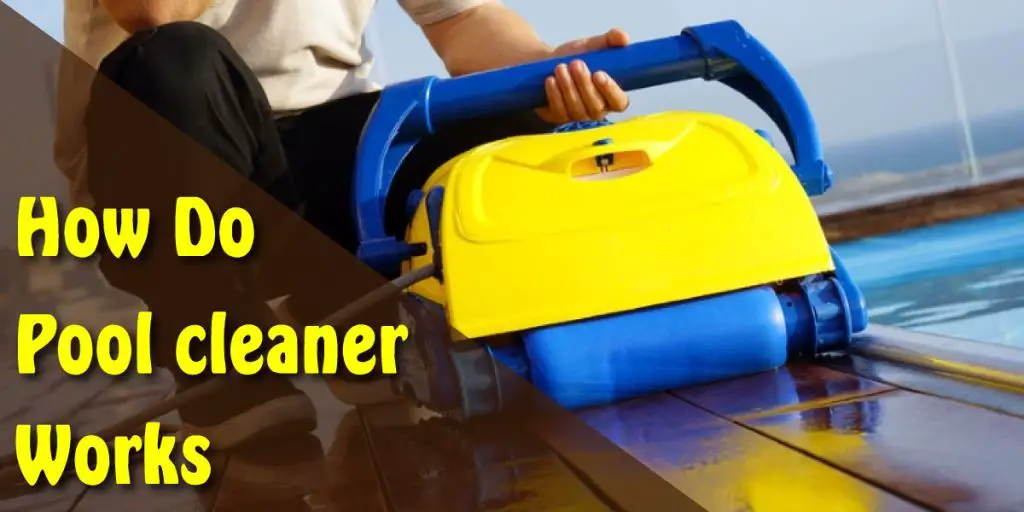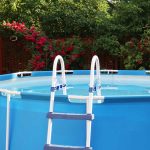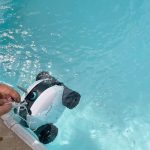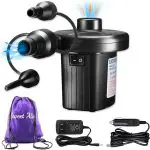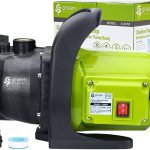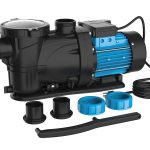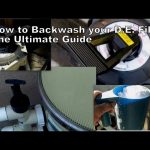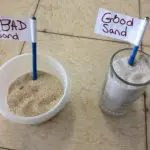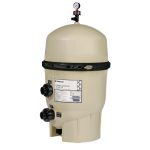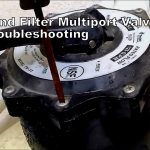An automatic pool cleaner cleans your pool automatically and entirely independently. You just turn on the device, and the pool cleaner does its job. Clean the filters now and then, and you’re done. Suitable for ultimate convenience. The bottom and any wall will clean within 1 to 3 hours without looking back. This is by far the ideal way to vacuum your swimming pool. Especially suitable for architectural swimming pools. Now you are going to know how do automatic pool cleaners work.
A cleaner has suction power that is strong enough to use in the water. The pool cleaner sucks up water and dirt, such as sand and leaves. The water guides through a filter, where the soil remains, and the water flows, back towards the pool.
The basic principle described above applies to every pool cleaner. There is still a difference in effect between the different types. An automatic pool cleaner has an internal filter and automatically moves through the pool. A hydraulic cleaner also automatically sucks the pool. But it has no internal filter and must connect to the filter in the technical room with a vacuum cleaner hose. The latter also applies to a vacuum cleaner foot, which you manually move through the pool. You can also operate an automatic electric pool cleaner manually, but it does have an internal filter. Internal filters are easy to disconnect and empty.
HOW DO AUTOMATIC POOL CLEANERS WORK?
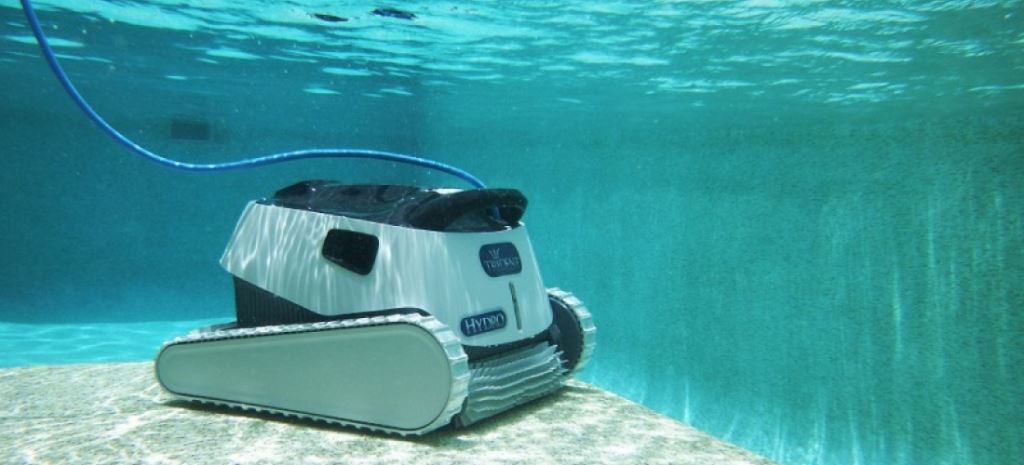
Automatic pool cleaners are a great way to keep your swimming pool clean and healthy without the hassle of manual cleaning. These devices use a combination of suction, filtration, and circulation to effectively scrub and vacuum away dirt, debris, and algae from the bottom and walls of your pool. But how do these machines work exactly? Here’s an overview of how automatic pool cleaners function:
Suction Power:
To begin with, an automatic cleaner needs suction power in order to pull dirt particles into its filter basket or bag. The most common form of suction used by these devices is generated by either an electric pump or a pressure-side pump. Motors inside the cleaner generate powerful suction that sucks in dirt and other small particles from the bottom of the pool, which is then collected in the filter basket or bag.
Filtration:
Once any debris has been sucked into the machine, it’s filtered out by a series of internal filters. These filters typically consist of pleated paper elements which trap smaller particles as well as coarse debris before they can reach your pool’s filtration system. The particles are then removed from the filter either manually (by emptying out the filter) or automatically (through a pressure-side pump).
Circulation
Finally, an automatic pool cleaner also helps to circulate water around your pool. This is especially important in pools with low circulation, as it helps to keep the water clean and free of debris. The most common type of circulation used by these devices is generated by a wheel or propeller that rotates inside the pool, pushing water around and helping to evenly distribute any chemicals that have been added.
These three components—suction power, filtration, and circulation—are what make up an automatic pool cleaner’s cleaning process. As you can see, these machines are very effective at keeping your swimming pool clean and healthy without requiring much effort from you. So if you’re looking for an easy way to maintain your pool this summer, consider investing in an automatic cleaner today!
Maintenance Process for Automatic Pool Cleaners?
It’s important to note that all devices require regular maintenance in order to keep them running effectively and efficiently. Cleaning the filter basket or bag on a regular basis is essential as this will prevent any large particles from clogging the machine’s internal filters.
1. Cleaning the Filter Basket:
The filter basket should be emptied after each cleaning cycle to ensure that your automatic pool cleaner is operating at its best. It’s important to rinse off any debris before replacing the basket in the unit so that it can continue to pull particles out of the water more effectively.
2. Checking Brushes and Wheels:
Your automatic pool cleaners will have brushes or wheels attached to them which help pick up dirt and other small particles from the bottom of your pool. Periodically check these components throughout their use and make sure they are free from any obstructions or damage. This will ensure that your cleaner operates efficiently.
3. Cleaning the Cleaner:
Since your automatic pool cleaner is largely submerged in water, it may become dirty over time due to dirt and debris accumulating on its surface. Make sure to periodically clean your cleaner off with a hose or other cleaning device so that any obstructions don’t cause it to perform inefficiently.
4. Lubricating Moving Parts:
Your automatic pool cleaners will have several moving parts which should be regularly lubricated for optimal performance. Lubricate all bearings, joints, and other points of movement with a lightweight oil to ensure that these components can move freely without resistance. This will help keep your cleaner running smoothly throughout its use.
5. Monitoring Performance:
It is important to pay attention to how your automatic pool cleaner functions over time and make adjustments if necessary. If you find that your cleaner isn’t performing as well as it once did, consider replacing the filter basket or lubricating any moving parts that may have become worn out. This will help keep your unit running at its best for longer periods of time.
By following these simple maintenance steps, you can ensure that your automatic pool cleaner operates efficiently. Keeping up with standard cleaning and maintenance will help keep your pool sparkling clean all season long.
While some of these pool cleaners don’t come cheap, it’s always smart to shop around and do research. This can help you find a model that fits the budget. Each type of pool cleaner works differently, so it will be all the more worth your time and effort to learn more about them to choose one that is right for you and your pool.

